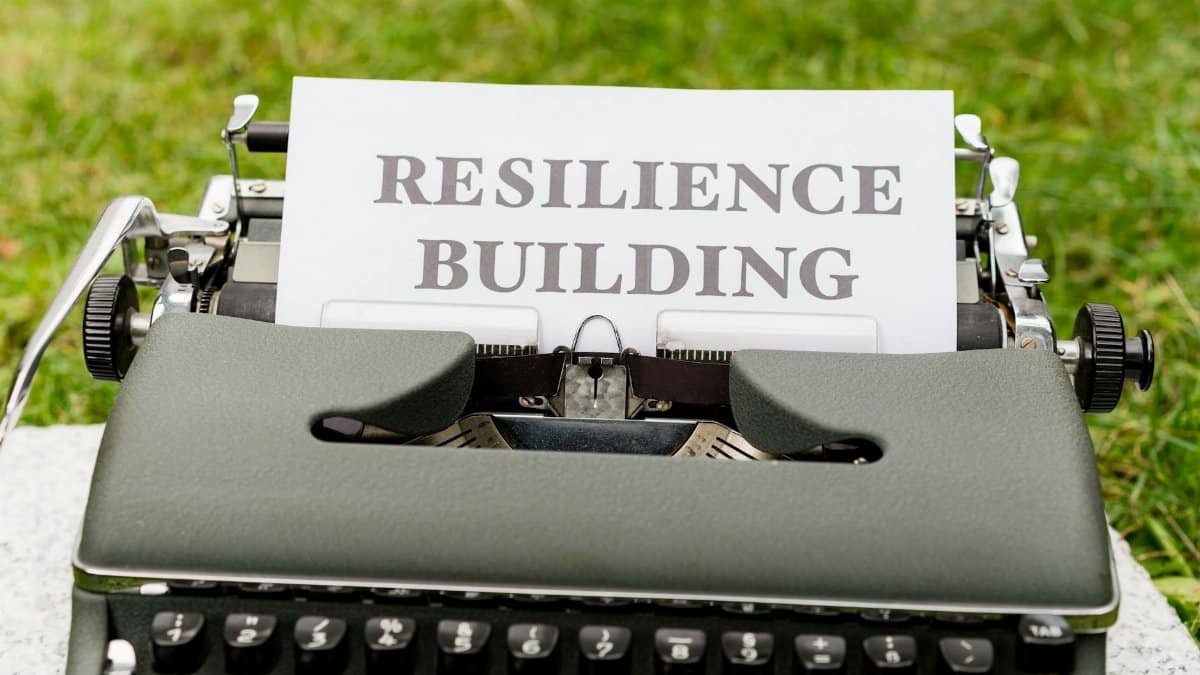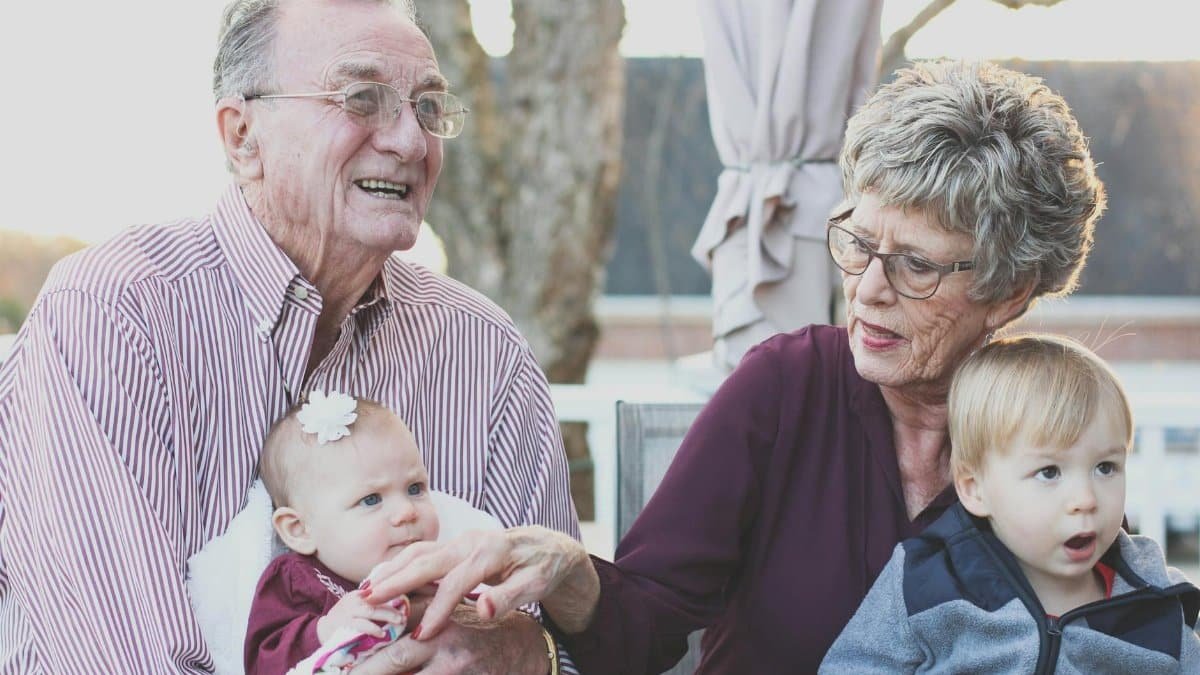A recent study from the National Institutes of Health revealed that nearly 18% of American adults now practice some form of meditation, up from just 4% two decades ago. This surge reflects a growing recognition of its potential to reshape everyday experiences. People who start meditating often report subtle yet profound shifts in how they navigate life’s demands. It’s not about achieving instant enlightenment, but rather noticing incremental changes that build over time. For many, meditation becomes a quiet tool for clarity amid the chaos of work, family, and constant digital noise. As apps and classes proliferate, these personal transformations are drawing more newcomers into the fold, prompting questions about what exactly happens when someone commits to this ancient practice in a modern world.
A Sharper Focus in Daily Life

Imagine a busy parent juggling emails and school pickups, suddenly finding moments of clear-headed decision-making where confusion once reigned. That’s a common thread among those new to meditation. Research from Harvard Medical School highlights how even short sessions can enhance attention and cognitive function. In one controlled trial, participants who meditated for just 10 minutes daily showed improved focus after eight weeks.Harvard Health Publishing explains that this stems from strengthened neural pathways in the brain’s prefrontal cortex.
Take Sarah, a mid-level manager in Chicago. She started with guided sessions on her phone during lunch breaks. At first, it felt awkward, sitting still amid the office hum. But soon, she noticed fewer distractions pulling her away from tasks. “It’s like the mental fog lifted,” she shared in a conversation last year. This isn’t unusual. Meditation trains the mind to return to the present, reducing the scattershot thinking that plagues so many in our multitasking era. By 2025, with remote work still dominant, such focus gains could redefine productivity for millions.
Yet it’s not all straightforward. Some beginners struggle with wandering thoughts, feeling like failures when their minds drift. The key lies in persistence, viewing those lapses as part of the process rather than setbacks.
Building Emotional Resilience

“I used to snap at little things, but now I pause,” one anonymous poster described in an online discussion about starting meditation. This sentiment echoes a broader pattern: enhanced emotional regulation. Studies from the University of Wisconsin-Madison’s Center for Healthy Minds show that mindfulness practices, a core of many meditation styles, can lower stress hormones like cortisol. Their research, involving thousands, links regular practice to greater resilience against anxiety and depression.
Diving into the science, a 2023 meta-analysis published in JAMA Internal Medicine reviewed over 200 studies and found meditation effective in reducing symptoms of emotional distress.JAMA Internal Medicine details how it fosters a non-reactive stance toward emotions, allowing people to observe feelings without being overwhelmed.
Consider a veteran teacher in Atlanta who began meditating after a particularly grueling school year. Mornings once filled with dread now start with calm breathing exercises. Over months, she handled classroom disruptions with composure, her students even noticing the shift. This resilience isn’t magic; it’s rewiring. In a nation where mental health challenges affect one in five adults, as per CDC data, these changes offer a practical buffer. But building it requires consistency, often revealing deeper emotional layers that demand gentle exploration.
Improved Sleep and Rest

Nights of tossing and turning give way to deeper slumber for many meditation newcomers. It’s a change that creeps up quietly, often surprising practitioners. The National Sleep Foundation notes that mindfulness meditation can shorten the time it takes to fall asleep by addressing racing thoughts. A study from the University of Southern California found that insomniacs who meditated improved their sleep quality by 20% within weeks.
Picture lying in bed, the day’s worries looping endlessly. Meditation interrupts that cycle, promoting relaxation through techniques like body scans.Sleep Foundation outlines how this leads to better REM cycles and overall restfulness. For middle-aged readers juggling careers and family, this could mean waking refreshed rather than groggy.
One man’s account stands out: a software engineer in Seattle who turned to meditation apps after years of poor sleep. “Suddenly, I was out like a light,” he recalled. Yet, not everyone experiences this immediately. Some face initial restlessness as suppressed thoughts surface. Over time, though, the practice smooths these edges, turning bedtime into a sanctuary rather than a battleground. In 2025, with sleep disorders on the rise, this benefit underscores meditation’s role in holistic wellness.
Enhanced Relationships

Meditation often spills over into how people connect with others, fostering empathy and patience. A Pew Research Center survey from 2024 indicated that 22% of meditators reported better interpersonal dynamics after starting. This aligns with findings from the Greater Good Science Center at UC Berkeley, where compassion-focused meditation strengthened social bonds in participants.
Start with a simple observation: arguments that once escalated now diffuse with a mindful breath.Greater Good Science Center explains that it heightens awareness of others’ emotions, reducing knee-jerk reactions. For couples or families, this can transform daily interactions.
In a quiet suburb of Denver, a couple experimented with joint meditation sessions. What began as a novelty evolved into deeper conversations, free from old resentments. “We listen better now,” the wife noted. Still, challenges arise—meditation might unearth vulnerabilities that strain relationships temporarily. Navigating this requires open dialogue, turning potential friction into growth. As social isolation lingers post-pandemic, these relational boosts provide a vital counterbalance.
Physical Health Benefits

Beyond the mind, meditation influences the body in tangible ways. Lower blood pressure, reduced inflammation—these aren’t hype. The American Heart Association endorses mindfulness for cardiovascular health, citing studies where meditators saw systolic pressure drop by 5-10 points.
A landmark trial from Johns Hopkins University tracked beginners and found decreased chronic pain after consistent practice. It’s about altering pain perception through focused awareness.Johns Hopkins Medicine delves into how this complements traditional treatments.
Think of a retiree in Florida dealing with arthritis. Daily meditation didn’t erase the ache, but it made it manageable, allowing more active days. Sensory details like the warmth of sunlight during sessions added to the relief. However, it’s no cure-all; combining it with medical advice yields the best results. In an aging population, these physical shifts highlight meditation’s preventive power, potentially easing healthcare burdens by 2025.
Overcoming Initial Hurdles

Starting meditation isn’t always serene. Many face doubts, boredom, or frustration. Why persist? Because the changes emerge gradually, as evidenced by longitudinal data from the NIH, showing drop-off rates high in the first month but rewards for those who continue.
Common pitfalls include expecting quick fixes or judging oneself harshly. Experts recommend starting small—five minutes a day—to build habits. Anecdotes abound: a New Yorker who quit after a week, only to return and discover patience she didn’t know she had.
The tension here is real—modern life pulls us toward instant gratification, clashing with meditation’s slow burn. Yet, reframing hurdles as learning opportunities shifts the narrative. For readers dipping their toes in 2025, understanding these barriers can pave the way for sustained practice.
Long-Term Transformations

Over years, meditation can redefine one’s worldview. Practitioners often describe a deeper sense of purpose, less tethered to external validations. A study in Psychological Science tracked long-term meditators and noted increased life satisfaction scores.
This isn’t about dramatic overhauls but cumulative effects. One woman, after a decade, reflected on how it helped her through loss, building inner strength.American Psychological Association supports this, linking prolonged practice to enhanced well-being.
Of course, not everyone reaches profound depths; some plateau at practical benefits. The beauty lies in its adaptability. As trends evolve, meditation’s role in fostering enduring change remains a compelling draw for those seeking more than fleeting fixes.
Integrating Meditation into Busy Schedules

Fitting meditation into packed days seems daunting, but micro-practices make it feasible. Walking meditations during commutes or breathwork at desks—options abound. Apps backed by research from Stanford show these adaptations maintain efficacy.
A busy executive in Boston wove it into coffee breaks, noticing calmer meetings. The key: consistency over duration. In 2025’s hustle, this integration could democratize access, turning sporadic efforts into life-altering routines.
The Broader Cultural Shift

Meditation’s rise signals a societal pivot toward inner wellness. From corporate programs to school curricula, it’s embedding in American life. Pew data projects continued growth, with 25% adoption by mid-decade.
This shift brings complexities—commercialization risks diluting authenticity. Yet, the core changes people notice endure, offering a counterpoint to external chaos. For middle-aged readers, it’s an invitation to explore what quiet reflection might unlock.
